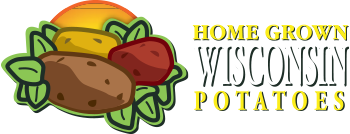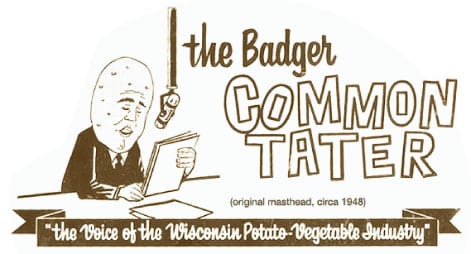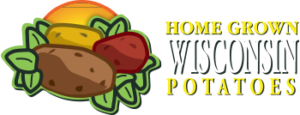
The concept is simple: Peels, stems and other non-food parts of potatoes, fruits and vegetables could be a source of valuable chemicals and extra income for the agriculture industry in Wisconsin.
Such was the premise when the Wisconsin Institute for Sustainable Technology (WIST) of UW-Stevens Point began a collaboration with Wisconsin potato and vegetable growers and processors, in March 2016, on a project to explore new opportunities for revenue from residual materials left after harvesting and processing operations.
Wisconsin is the largest producer of green beans, carrots, red beets and lima beans in the United States, while ranking third for potato production. Other key processing crops include sweet corn, green peas, cucumbers, cranberries and onions.
Wisconsin grows 40 percent of all green beans in the U.S., 20 percent of all sweet corn and 20 percent of all green peas. As a result, the state ranks second among U.S. states for harvested acreage and total production of processing vegetables, and third for production value.
Production and processing of these crops contributes more than $6 billion in economic activity in Wisconsin and supports nearly 30,000 jobs. It also generates large amounts of residual material such as peels, stems and liquid material. In fact, an estimated 15 percent of all vegetable material brought to a processing plant does not become finished product.



